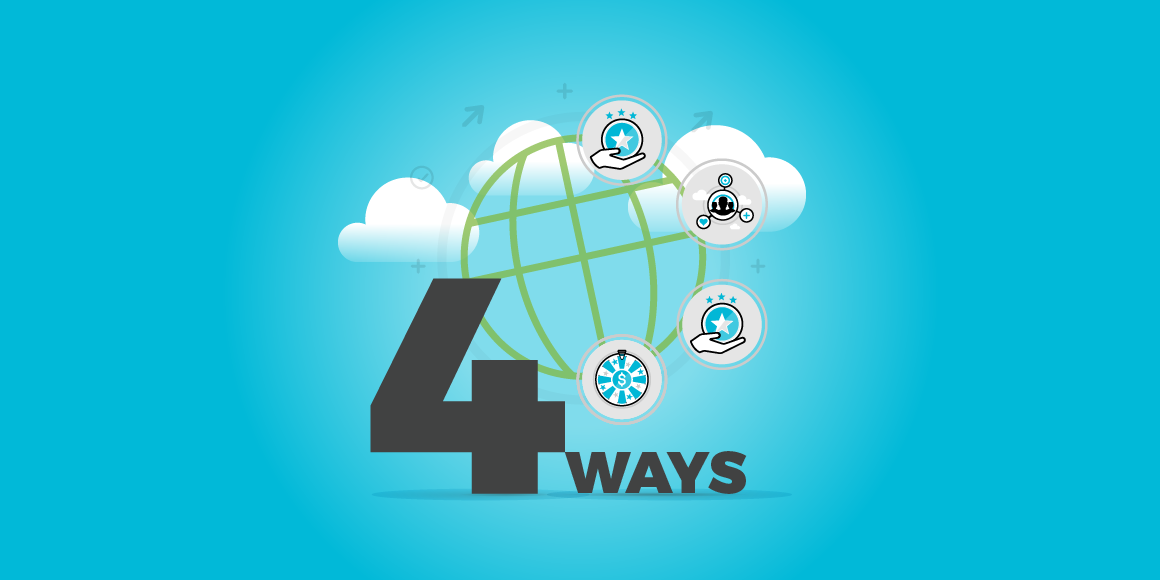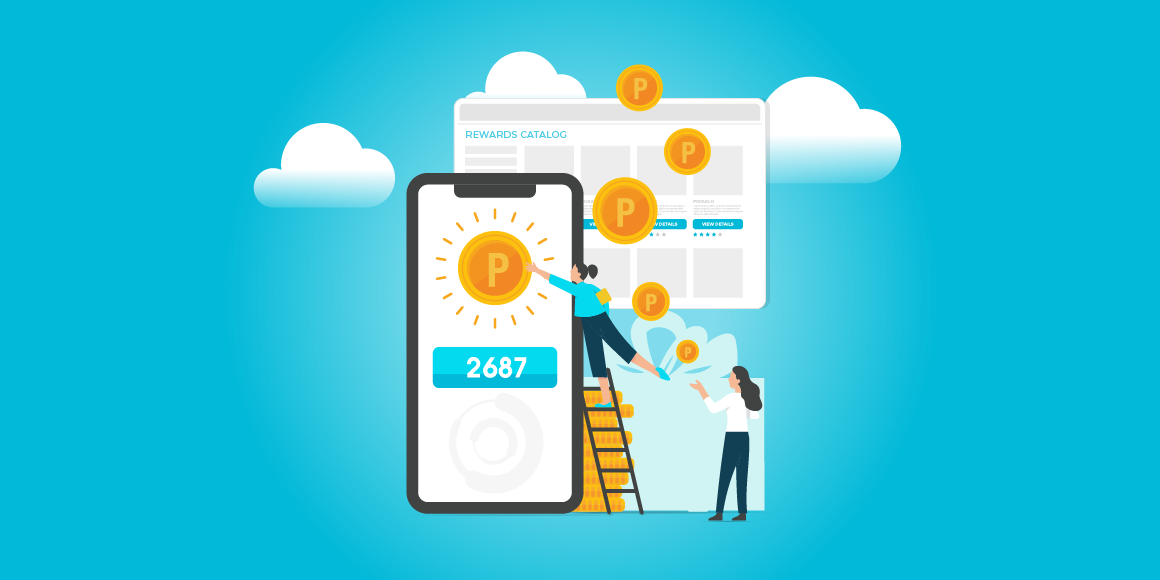Designing a successful channel partner program that aligns with your organization's strategic initiatives and business outcomes is no easy task. As a program owner, you need to avoid common pitfalls that can negatively impact both your partner's profitability and the success of your program. But what are these pitfalls? And how can you avoid them?
The MSP Summit
This past week we attended the MSP Summit, where some of the brightest thought-leaders in channel sales, marketing and partner programs got together to address issues ranging from A.I. and cybersecurity to innovation, new markets, and the future of managed service providers. We heard from large enterprise software companies, original equipment manufacturers (OEMs), boutique partner services firms, and a host of IT vendors and channel partner consultants.
Among some of the compelling presentations we attended was a workshop given by Heather Tenuto, a senior executive in direct sales and channel partnerships. During her presentation, she highlighted the concept of killers—profit killers, that is. These "killers" are the issues that often plague underperforming channel partner programs. They're common, and easy to fall prey to if your ecosystem lacks strong relationships, strategic alliances, and clear goals and processes.
With that in mind, let's dive into these profit killers to understand what they are and how we can avoid them.
Understanding the Profit-Killers
Excessive Partnering
Sometimes with market reach, more can mean less. When a program is spread too thin, among too many channel partner relationships, it's difficult to provide the attention and resources necessary for each partner to thrive. Overextending the partner network may lead to lower engagement and diminished returns for both you and your partners. You don't just want partners. You want the right partners.
Program Overhead
Inherent program costs are unavoidable. But unnecessary overhead can be a drag on your program’s potential profitability. Inefficient processes, an overly complex onboarding process, or redundant checks and balances can erode the profitability of even the best channel partner programs.
'Scaffolding' Benefits for New Partners
Speaking of onboarding . . . while it's important to offer incentives to bring new channel partners on board, these benefits can backfire if they're too generous or short-term in nature. In these cases, new partners may become dependent on your perks, and disillusioned if they’re not sustained.
Marketing-Generated Leads
A successful partner program may rely on marketing-generated leads to support partner sales, but this can create tension. If the leads given to a sales team are subpar or misaligned with the partner's capabilities or market, it can lead to frustration and wasted resources. Not all leads are good leads.
Multiple Commission Payments
The structure of commissions can have a direct impact on the overall profitability of your channel partnerships and your program at large. Paying multiple commissions or creating convoluted payment structures may dilute the perceived value proposition of your program.
SPIFs
Sales Performance Incentive Funds (SPIFs) can be a double-edged sword. These financial incentives may drive short-term results. But over-reliance on SPIFs can produce a culture and business model focused solely on immediate gain, not long-term partnership or business outcomes. Additionally, too many channel sales SPIFs may become a cost burden that is difficult to sustain.
End-User Discounts
Offering discounts to new customers or end users as part of a partner marketing strategy can negatively impact a channel partner's profitability if not handled properly. Discounting can lead to price erosion in the market, which affects margins for both your business and your partners. This sort of “race to the bottom” strategy to gain end customers rarely results in long-term channel success.
Evergreen Commissions
Ongoing or "evergreen" commissions may seem like a way to build strong relationships and keep partners invested. But these can often become a strain if they don’t tie into meaningful business growth. If your commission structure doesn’t evolve with your program goals, these payments can simply turn into entitlements, providing diminishing returns for partner engagement.
Nonsense
Everyone hates busywork. Watch out for program requirements that don't provide value but still cost time and resources. These can include excessive paperwork, unnecessary program conditions, or poorly designed tools that will frustrate partners, slow the sales process, and reduce program adoption and loyalty.
Designing a Strategic, Purpose-Driven Partner Program
Now that we've reviewed the pitfalls, the question is: how can program owners design a channel partner strategy that purposefully drives business outcomes while avoiding these profit-killers? Here are some suggestions:
Best Practices for Your Channel Partner Program
Align Incentives with Business Goals
Your partner incentives must be a good fit with your broader business objectives. For example, if increasing retention among your customer base is a priority, build incentives and marketing campaigns that reward partners for not just selling but for delivering ongoing value to the customer. When incentives align with your business strategy, they'll drive behaviors that support mutual success.
Flexibility for Evolution
Business and customer needs evolve, and so should your partner program. Make sure that your incentive structures are adaptable enough to shift with changing business goals and customer segments. This means regularly reviewing the program to ensure that it still meets both your and your partners' needs.
Clarity and Simplicity
A good customer experience involves avoiding unnecessary complexity. This is especially true in your program design. Incentive structures, requirements, and benefits should be easy to understand and implement. Potential partners are more likely to engage fully when they have a clear understanding of how they'll benefit from the partnership program.
Balanced Rewards
Ensure your rewards structure encourages sustainable growth, not just a quick win. Too much focus on short-term benefits (like SPIFs or excessive onboarding perks) can undermine long-term success. Create a mix of incentives that reward both immediate success and ongoing commitment.
Enablement and Support
Provide partners with the right tools and resources to succeed, but be strategic. Rather than overwhelming them with marketing leads, for example, focus on delivering high-quality, well-qualified opportunities that align with their strengths. Make sure that your partner relationship management resources—whether they be training, marketing support and technical support, or co-selling opportunities—are easy to access and genuinely useful. To put it simply, customer satisfaction throughout the channel is vital to program success.
Conclusion
Effective channel program management requires more than just building an attractive incentive package. We all want to create a sustainable program with strategic alliances that benefits both parties. But to achieve this, we have to design our programs in a way that avoids the common pitfalls that can eat into your channel profits.
Instead of falling victim to these "profit-killers", focus on clear, strategic incentives that drive long-term success for both your partners and your organization. Ultimately, the decisions you make in this could mean life or death . . . for your bottom line.






